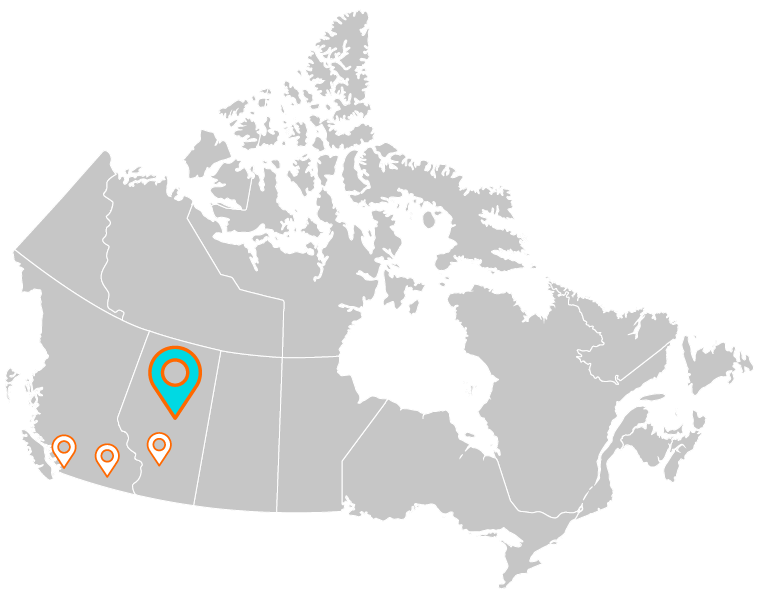Our next stop in the Cleantech Coast to Coast Road Trip is Edmonton, AB, the gateway to the north. It’s the youngest capital city in Canada and the northernmost metropolis in North America. Being home to the Edmonton Oilers and the Edmonton Eskimos and of course, West Edmonton Mall that spans 48 city blocks gives several residents lots of reasons to cheer whether it's for a sports team or retail therapy. Edmonton’s river valley winds around the North Saskatchewan River that provides several ways to get to the downtown core that sees more than 50 festivals a year.
We dropped in (virtually!) to visit Nanode Battery Technologies, which has been creating a buzz in Edmonton and beyond.

After several years researching and developing high-performance rechargeable lithium-ion battery anodes at the University of Alberta, CEO and co-founder Bing Cao is excited for the potential of her Edmonton-based company Nanode Battery Technologies.
Cao is incredibly enthusiastic and upbeat when she speaks about her entrepreneurial success with Nanode in the past year alone growing from an office of two with her co-founder CTO Dr. Peter Kalisvaart to a team of seven. From the beginning, Nanode has always had a desire to commercialize their business, and they are happy to find their production process allows for rapid scale-up in scope and deliverables.
A recipient of a GreenSTEM fellowship from the Government of Alberta in July 2020 and recent graduate of Foresight’s Launch accelerator training program, Nanode is in the product-market fit stage where they have been actively meeting with battery manufacturers in the last year.
“In the next one to two years, we are trying to identify this market for consumer electronic batteries first,” says Cao. “Our goal is to identify market entry and find a customer.”
Cao is hoping to enter the electric vehicle and clean energy storage market. Nanode uses an alloy-based material, not graphite, which has been used in the battery market for decades.
“Graphite is the classic anode material for lithium-ion batteries, but it has been pushed to its theoretical limit. If we want batteries to perform better, we need a new material. We have a new material that has three times the limit of energy storage than graphite.”
Not only is the energy storage capacity more impressive using their design, but they are also making batteries with free-standing ribbon that speeds up the production process from 80 metres per minute to 45 metres per second. This process saves costs in both time and in raw materials.
The global lithium-ion battery market to grow from $44 billion in 2020 to $94 billion in 2025, according to an April 2020 report by Markets and Markets. Other major companies in this sector include global players like Panasonic, Samsung, and LG.
The next big step for renewable energy generation is to ensure wind and solar farms have a reliable battery source that can store that naturally created energy for long periods of time. Canada has more than 40 large-scale renewable energy storage projects, 14 GW of installed wind energy projects, and another 3 GW of installed solar energy projects across the country. as of 2020 and that number is expected to grow. This represents a large potential market for companies like Nanode.
“Renewable energy is what Alberta is looking for in the future,” says Cao. ”As we diversify the economy beyond oil and gas, batteries will play a very important role in renewable energy.”


